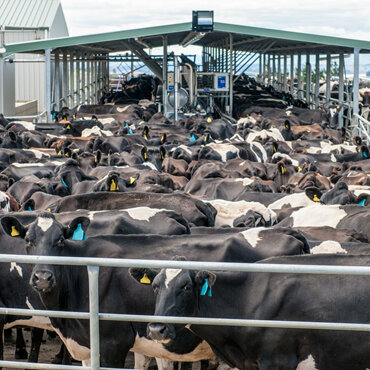Franklin Vets
Franklin Vets - excellence in veterinary care for dairy, farming, lifestyle, equine and household pets. BESTPRACTICE ACCREDITED NZ.
Your account is powered by Storbie. To edit your profile visit my.storbie.com
Your account is powered by Storbie. To edit your profile visit my.storbie.com

Low copper levels can impact on production and reproduction in adult cattle and in young stock can affect growth rates and reproductive performance. Low copper has also been implicated in almost all of the outbreaks of humeral fracture we have seen in the practice.
To have good control over your animals’ copper levels, we really need to know what the levels of copper in your heifers and herd are and also how are these changing over time? Most farms are supplementing their herds with some form of copper, but are these levels static, rising or falling? Trace mineral supplements are often expensive- how do you know you are using the right products without asking the cows?
We often get asked why do we need to do liver biopsies to determine a cow’s copper status? The liver is the storage organ for copper and the best indicator of a cow’s overall status. The graph below shows the correlation between blood (serum) copper) and liver copper.
If there was a good correlation between the two, we would expect the dots on the graph below to be arranged close to a straight line rising from the bottom left-hand side of the graph to the top right-hand side ie as liver copper levels rise, so would blood copper levels. However, the pattern below is more reminiscent of the pattern of pellets from a shotgun!
We are luckier that with selenium there is a much better correlation between blood selenium levels and liver selenium and hence blood tests are a good indicator of a cow's selenium status.
Now is a good time to have a look at your herd's copper and selenium status, as we are nearing the end of the zinc supplementation season for FE and heading into winter when copper levels typically start to fall. Talk to your vet now to check out your herds status and review your mineral supplementation program before next season.
Dr Jason Fayers BVM&S CertCHP (Cattle Health & Productivity)
Franklin Vets - excellence in veterinary care for dairy, farming, lifestyle, equine and household pets. BESTPRACTICE ACCREDITED NZ.




